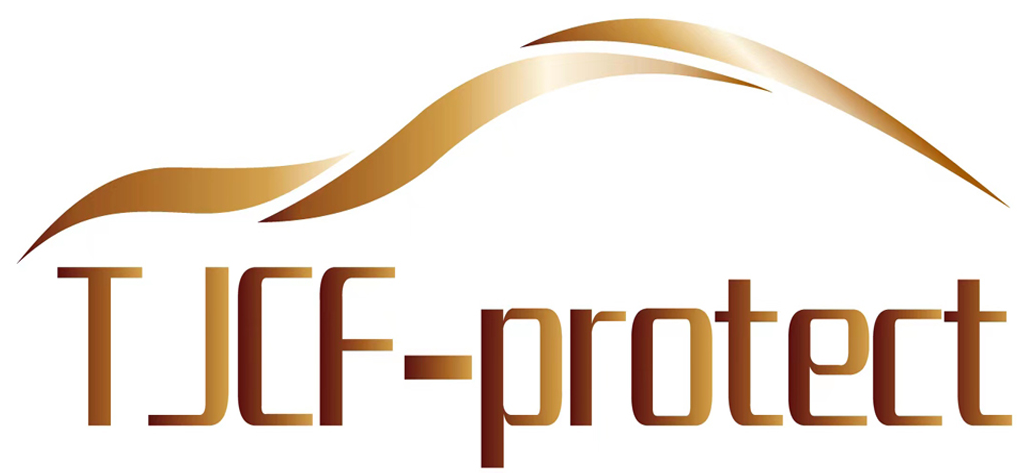Rims can make or break your car’s look and performance. Choosing the wrong size or fitment may cause rubbing, damage, or wasted money.
The right rim size ensures safety, performance, and a secure fit. Diameter, width, bolt pattern, and offset all matter. Matching them to your vehicle prevents clearance issues and guarantees stability.
Finding the right rims is not only about style. It is about balance between appearance, handling, and safety. Keep reading to learn how offset, bolt patterns, and sizing affect your choice.
Does offset matter when buying rims?
Offset sounds technical, but it is the difference between a smooth ride and rubbing on every corner. Many drivers ignore it until they face costly problems.
Yes, offset matters. It affects clearance for brakes, suspension, and fenders. Wrong offset may cause rubbing, poor handling, or unsafe driving. Always keep close to the factory offset.
Dive deeper: Why offset is critical
Offset describes the distance from the wheel’s mounting hub to its centerline. Positive offset pulls the wheel inward, while negative offset pushes it outward.
- Positive offset (+): Wheel sits deeper inside the fender. Common for modern cars.
- Negative offset (–): Wheel sticks out. Common for trucks and off-road builds.
| Offset Type | Effect on Vehicle | Common Use Case |
|---|---|---|
| Positive (+) | More clearance for suspension, tucked-in look | Passenger cars |
| Neutral (0) | Balanced stance, equal distribution | Performance builds |
| Negative (–) | Wider stance, aggressive look, more strain | Trucks, off-road |
I always advise customers to stay within ±5 mm of the original offset. That way, you get the look you want without risking brake or fender contact.
Does bolt pattern matter when buying rims?
Imagine trying to fit a square peg in a round hole. That is what happens when your rim’s bolt pattern does not match the car’s hub.
Yes, bolt pattern matters. It must match exactly with your vehicle hub. Even a small difference makes the rim impossible to install or unsafe to drive.
Dive deeper: Understanding bolt patterns
Bolt pattern is written as two numbers: the number of bolts and the pitch circle diameter (PCD). For example, 5×114.3 means five bolts evenly spaced on a 114.3 mm circle.
| Bolt Pattern | Vehicles Commonly Used On |
|---|---|
| 4×100 | Small sedans, hatchbacks |
| 5×112 | European brands (Audi, Mercedes) |
| 5×114.3 | Japanese and American cars |
| 6×139.7 | Pickup trucks, SUVs |
Bolt pattern adapters exist, but they are not always safe for heavy use. As a manufacturer, I always recommend using rims that match the bolt pattern directly. It saves trouble and ensures perfect alignment.
What does +35 offset mean on rims?
When you see numbers like +35 or +40, it may feel like a code only mechanics can read. But it is simpler than you think.
A +35 offset means the mounting hub is 35 mm outward from the wheel’s centerline. This is a common setting for cars, giving balance between clearance and stance.
Dive deeper: Reading offset markings
Offsets are always shown in millimeters and usually stamped on the back of the wheel.
| Offset Marking | What It Means |
|---|---|
| +35 | Mounting surface is 35 mm outward from centerline |
| +40 | More tucked-in, less aggressive stance |
| 0 | Wheel hub aligns with centerline |
| –20 | Wheel sticks out 20 mm from centerline |
With a +35 offset, most sedans and coupes maintain safe clearance from suspension while giving a slightly wider stance than factory steel wheels. Always compare this with your stock offset before upgrading.
Can you add more offset to wheels?
Many people wonder if they can tweak offset to push rims out or tuck them in. The answer is not always simple.
Yes, offset can be changed using spacers or different wheels. But too much change may damage bearings, suspension, or fenders. Keep it close to stock settings.
Dive deeper: Adjusting offset safely
Offset is sometimes changed with wheel spacers. These sit between the hub and the rim, pushing the rim outward.
| Method | Pros | Cons |
|---|---|---|
| Spacers | Cheap, easy to install | Stress on bearings, fender rubbing |
| Custom wheels | Properly engineered | More expensive |
| Adapters | Change bolt pattern and offset | Less reliable under heavy loads |
I always recommend choosing a rim with the correct offset instead of forcing it with spacers. Spacers are fine for show cars, but risky for daily use or heavy loads.
Conclusion
Rim fitment depends on four factors: diameter, width, bolt pattern, and offset. Matching these ensures safe, smooth driving. Wrong choices risk damage, poor handling, and wasted money.







